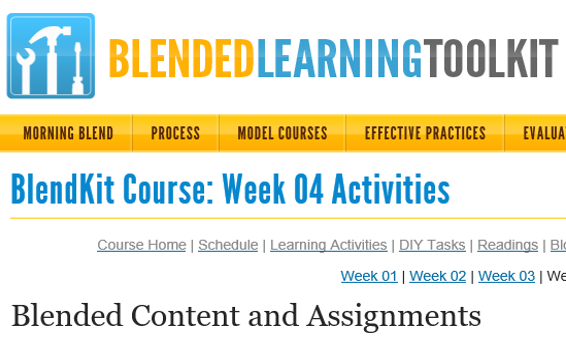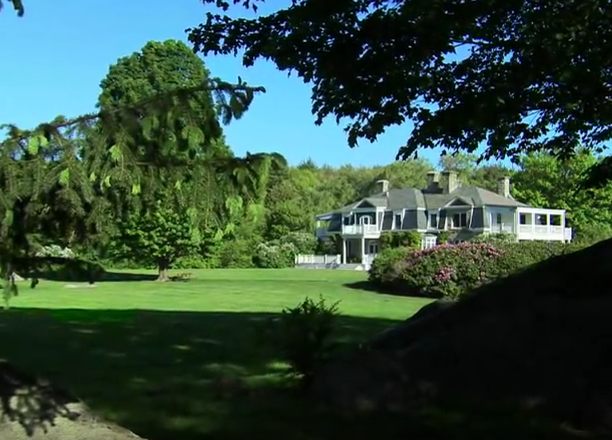It does feel a little strange, to be writing and reflecting about my own thinking on, designing blended learning content and assignments. Somewhat Shutter Island. The reading this week was rather general so I thought I would use the questions to frame my response an d in doing so, I created a new assessment model. See what I mean – Shutter Island.
- In what experiences (direct or vicarious) will you have students participate during your blended learning course? In what ways do you see these experiences as part of the assessment process? Which experiences will result in student work that you score?
That is a enormously broad question. Let narrow it down. I am looking at using blended learning for developing leadership capacity for middle leaders in schools. Working online on the theoretical content, as a group and with a coach. Staff (learners) will read, watch content. Contribute to forums, commenting of think pieces and common leadership statements. Short, low stakes quizzes which are repeatable. Seminars to discuss the online content and enrich the conversations through informal discussion / networking. Collaborate in class with colleagues on the planning of assignment responses. 1-2-1 conversations with coaches to sound out their ideas for developing their area, staff or curriculum. These components may offer a small percentage to the overall grade with the assignment weighted the lions share 70+%.
- How will you present content to students in the blended learning course you are designing? Will students encounter content only in one modality (e.g., face-to-face only), or will you devise an approach in which content is introduced in one modality and elaborated upon in the other? What will this look like?
Online content was both reading and presentations. Of course, the quizzes are also presenting content. The seminars were designed to foster personal conversation. (I have, with everyone’s agreement, recorded these conversations. These audio files then very valuable resources in their own right. Equally, I have used students assignments and comments are learning prompts.)
- Will there be a consistent pattern to the presentation of content, introduction of learning activities, student submission of assignments, and instructor feedback (formal and informal) in your blended learning course? How can you ensure that students experience your course as one consistent whole rather than as two loosely connected learning environments?
I prefer order, much as it is presented in Blendkit though I understand others like more fluency. Although presented and ordered, I do although learners to move freely back and forth through the content. I do like using “conditional activities” to surprise or reward learners. I recognize from the reading, the importance of presenting learning as one course experience.
Students can be critical of blended instruction if they feel the face-to-face and time-out-of-class components of the course are not well integrated.
If this is the case, then I may even consider weighting attendance / participation.
- How can specific technologies help you present content, provide meaningful experiences, and pitch integration to students in your blended course? With your planned technology use, are you stretching yourself, biting off more than you can chew, or just maintaining the status quo?
A wide range of tools were shared. PowerPoint Mix is a fantastic add-on for PowerPoint I would include. In fact, MIX has some interesting AI capacity. The use on conditional activities and “progress after success” is worthy of more consideration where securing knowledge is important. As for stretch, a well planned and simple course, I believe, is of more values than having all whistles and bells. Learning is a complex process that is exceedingly tricky to keep simple. Now, saying that, I am not adverse to exploring unknown territory either.
[qr_code_display]


